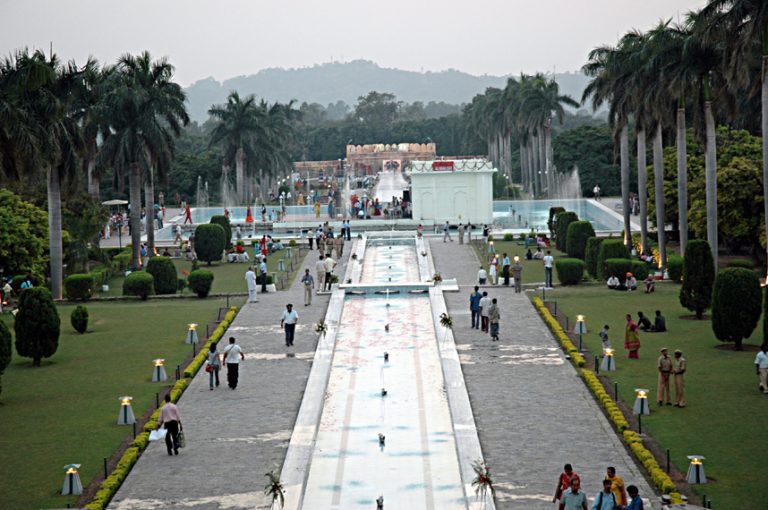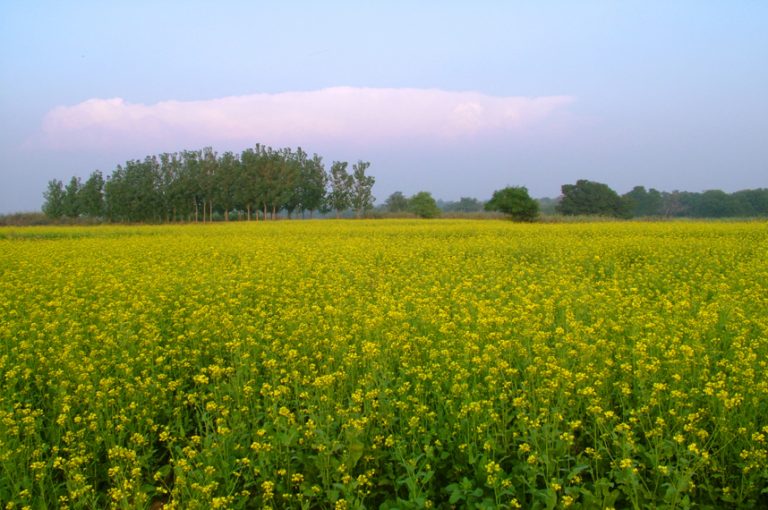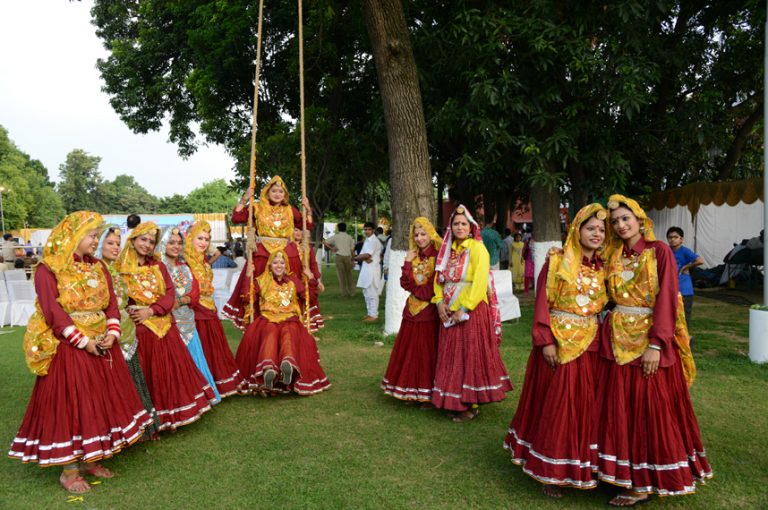Department of Empowerment of Persons with Disabilities (DEPwD) has launched Accessible India Campaign (Sugamya Bharat Abhiyan) as a nation-wide Campaign for achieving universal accessibility for Persons with Disabilities (PwDs). Haryana has made accessible websites of all 22 districts and websites of 33 departments till now.
Click here to see Compliant Websites of all districts of Haryana
Click here to see Compliant Websites of 73 departments of Haryana till now




















